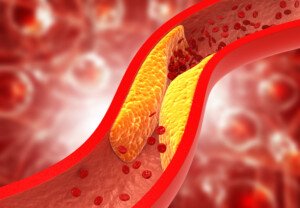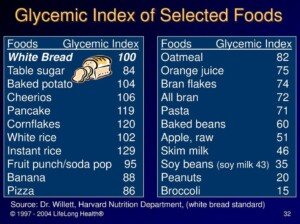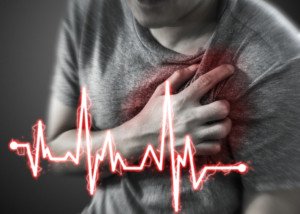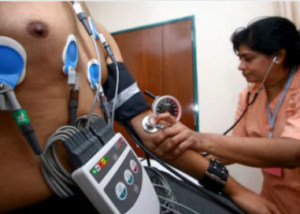
There IS a way to make diet reverse the sludge plaque buildup in your heart’s arteries.
This dietary approach is not complicated. Coronary arteries are prone to getting clogged.
“Soft plaque can certainly be reversed, and so can some of the smaller areas of calcium,” says Dr. Larry Santora, MD, a cardiologist with Orange County Heart Institute and Research Center, and author of “OC Cure for Heart Disease.”
There are two kinds of plaque buildup in coronary arteries: soft and hard.
The soft plaque is the dangerous kind that can rupture and cause a heart attack (a fragment of this soft plaque breaks away from its base and travels through the coronary artery, blocking blood flow)
When someone has harmful levels of soft plaque, the goal is to stabilize this soft plaque.
Dr. Santora explains, “This means the plaque becomes more adherent to the inner vessel wall, and the cap on the plaque becomes stable and less likely to rupture.
“This occurs as soon as diet and medications are instituted, even before the cholesterol levels change.”
The diet for reversing coronary soft plaque is not a temporary diet; it is a permanent diet.
Dr. Santora says, “If you eat well 90 percent of the time, that is a reasonable way to go. So as a rule of thumb, all high glycemic foods like white bread, white rice, can be eaten, but only 10 percent of the time.”
The glycemic value of a food is a numerical measurement of how quickly its carbohydrates (sugars) are absorbed into the bloodstream after being eaten.

White sugars and simple, processed carbohydrates like white flour impose a terrible burden on the coronary arteries if eaten too often.
This means the occasional Boston cream pie is permissible, but knock out the white rice if you eat rice often; eat wild, basmati or brown rice instead.
Do you eat cereal every morning or most mornings?
It should be whole grain with no sugars added, and this includes high fructose corn syrup.
White flour is a ubiquitous food ingredient. Read ingredients lists. “Sugar” also shows up everywhere, including salad dressings and soups. Every “little bit” adds up.
What about whole eggs? Will whole eggs disrupt one’s dietary plan of reversing soft plaque?

Freepik.com
“As far as eggs go, they are now considered health foods; eating one or two per day, if not fried, are healthy since the cholesterol in eggs is not converted to cholesterol in the bloodstream,” says Dr. Santora.
What about going by the USDA Food Pyramid?
The food pyramid is ambiguous in that it names only food groups. At the bottom of the food pyramid are breads, for instance.
This does not mean make a staple out of a highly processed bread product like Wonder bread, bagels, English muffins or pancakes.
In fact, just about all commercial breads are full of synthetic chemicals; many contain high glycemic carbohydrates like molasses, corn syrup and even sugar.
Even breads at so-called health food stores may contain these heart-unhealthy items. Read ingredients lists.
The food pyramid doesn’t differentiate between carbohydrate sources and does not show information on “bad” fats.
A pancake mix labeled as “whole wheat” may still contain partially hydrogenated oil, which is a very bad fat: a trans fat.
So as far as the food pyramid, Dr. Santora explains, “The food pyramid is fine as long as the carbs are the good low glycemic type, and the fats are the good fats like monosaturated fats, and no trans fats. Simply avoid cookies, crackers and chips.”
A “little bit” (of a bad thing) can indeed hurt, because “a little bit” often morphs over time to a lot of “little bits.” Remember the 90 percent rule.
In order for diet to halt soft plaque progression, or even reverse soft plaque levels, you must not adopt an “a little bit won’t hurt” mindset.

Dr. Santora’s areas of interest include interventional cardiology – coronary stenting; cardiac CT – CT angiography, and coronary calcium screening with EBCT. He is board certified in cardiovascular disease and internal medicine.
 Lorra Garrick has been covering medical, fitness and cybersecurity topics for many years, having written thousands of articles for print magazines and websites, including as a ghostwriter. She’s also a former ACE-certified personal trainer.
Lorra Garrick has been covering medical, fitness and cybersecurity topics for many years, having written thousands of articles for print magazines and websites, including as a ghostwriter. She’s also a former ACE-certified personal trainer.
.









































